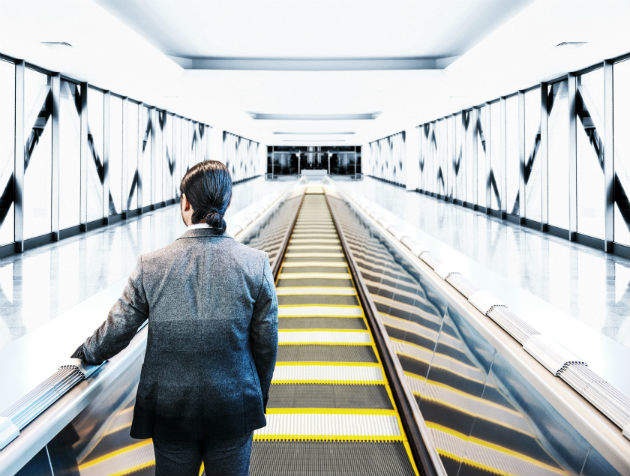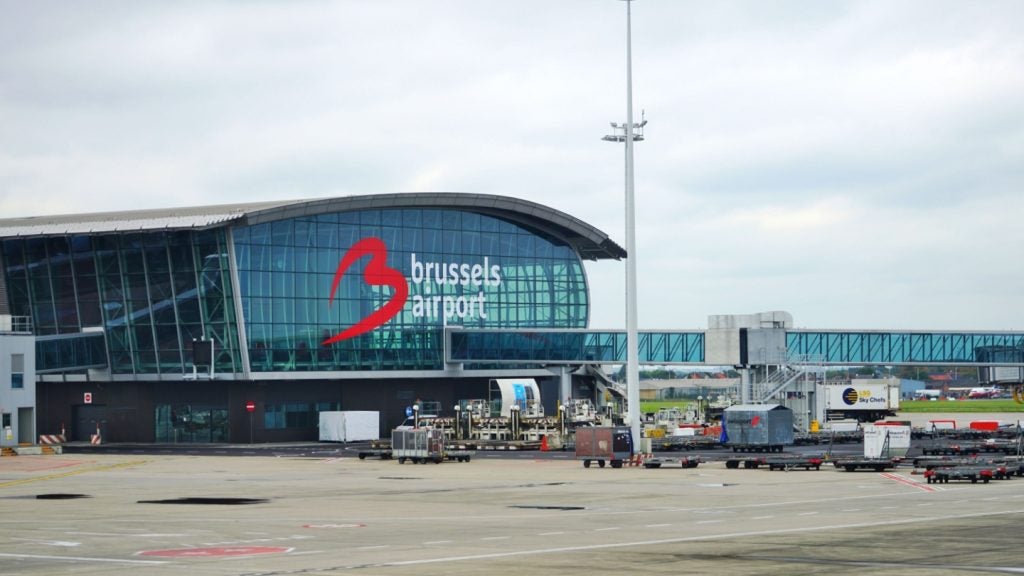
Airports have a duty to make their facilities as easy to access as possible, especially for passengers with reduced mobility. As passenger demographics change, in line with trends in the general population, it seems likely that this will be a major focal point in the years ahead. How can they cater to the increasing number of elderly and disabled people passing through their doors?
In many parts of the world, airports are legally required to provide special assistance for such passengers. For instance, EU law stipulates that airports must provide the necessary help free of charge, right from the moment the passenger arrives.
However, when it comes to their overall infrastructure, and how this ties into accessibility, it seems clear that not all airports are equally invested. Certain airports remain far easier to navigate than others, and they vary considerably in their approach to mobility challenges.
Modernising airports
As Delobelle explains, this is not just about helping passengers in wheelchairs (though this group is clearly a key concern). Rather, airports should be striving to improve the travel experience for everybody, helping passengers reach their departure gate more quickly so they have time to enjoy all the other facilities on offer.
“I think technology has already come a long way in improving passengers’ experiences in newer airports,” she says. “Only a few decades ago, most people had to walk between gates, up and down stairs, and wait for a bus to take them to the aircraft before climbing another set of steps to the aircraft. For a select few, wheelchairs and scattered elevators made the trip a little easier. Now we have moving walkways, escalators, elevators, and passenger boarding bridges – and you simply cannot imagine a modern airport without them.”
Despite these changes for the better, she points out that not all airports have been upgraded to the requisite degree.
How well do you really know your competitors?
Access the most comprehensive Company Profiles on the market, powered by GlobalData. Save hours of research. Gain competitive edge.

Thank you!
Your download email will arrive shortly
Not ready to buy yet? Download a free sample
We are confident about the unique quality of our Company Profiles. However, we want you to make the most beneficial decision for your business, so we offer a free sample that you can download by submitting the below form
By GlobalData“Technology can help in a big way to modernise existing airports where the infrastructure is outdated,” she says. “We had a recent example of this at Brussels South Charleroi Airport, where they do not have any passenger boarding bridges. So we installed permanent stair lifts on the mobile aircraft stairs, allowing people with limited mobility to easily board and disembark the aircraft.”
Other airport solutions from ThyssenKrupp include passenger boarding bridges, fixed tunnels and associated systems used for cooling and automatic undocking. These products are highly customised, with an eye towards an airport’s specific needs.
Varied demands
One recent large project was a maintenance contract with Toronto Pearson International Airport, which included 350 elevators and escalators and two accelerating moving walkways. The company has also delivered mobility units in Abu Dhabi, Jeddah, Doha and Rio de Janeiro, to name a few.
Its largest project to date, however, is a multimillion euro contract with Istanbul New Airport. Planned as the largest airport in the world – with six runways and an annual capacity of 200 million passengers – the $24bn airport is currently under construction, and is set to open in October next year. thyssenkrupp will be supplying 143 passenger boarding bridges, with a target completion date of April 2018.
For projects of this nature, Delobelle says clients tend to have a few requirements in common.
“These include high reliability and overall equipment quality, smooth project delivery, assistance with design, and optimisation of the apron and gate configuration – and we are able to meet those consistently,” she says. “For bigger projects, especially in the Middle East, there is a high demand to adapt the product to special needs such as high-performance air conditioning systems and improved aesthetics. Another important factor is the capability to mobilise a large and multidisciplinary team.”
Other demands, however, depend on the airport. Setting aside a few very unusual projects (i.e., the ones that have been implemented for some royal family airport terminals), there are a number of factors affecting the end result.
“Our solutions might vary due to climate conditions, especially when using glass-walled passenger boarding bridges,” says Delobelle. “Or it could be the different aesthetic requirements imposed by architects – which affects the type of glass, boarding bridge colour, flooring type and lighting – as well as functional requirements. Each customer wants our products to fit into the look and feel of the airport as a whole, and we have the highest capability in the industry to custom-design and manufacture solutions to meet these requirements.”
Future innovations
So, given the abiding importance of technology, what are some of the innovations most likely to make a difference in the future?
“For me, it is a recent innovation that is quite close to home – thyssenkrupp Elevator’s MULTI, which is really a game changer in how people can move within buildings,” says Delobelle. “Not only is it rope-less, it is capable of moving horizontally as well as vertically, making it possible to completely reimagine how buildings are designed.”
Generally speaking, however, she feels that digitisation will be the main driver of future change. In recent years, the aviation industry has made great strides in adopting digital technologies, and there are opportunities along the entire passenger value chain. Passenger mobility is no exception.
In practice, this might mean speeding up airport arrivals (such as by automated parking) or digitally integrating checkpoints so that passengers only have to identify themselves once. It might mean improving location services via mobile apps, or using video-based people tracking software to better manage passenger flows.
But while digital mobility covers a lot of bases, the overall concept is clear. As airports get better at integrating these solutions, formerly time-consuming tasks will be simplified. There will be less scope for human error and a smoother passenger experience, as well as greater efficiency and returns from the operator side.
“We see digital solutions as a key transformer and are working towards integrating these in to our business to really offer our customers the best value in our products and solutions,” says Delobelle. “We cannot share any details at the moment, but I promise you we will be making some exciting announcements very soon!”





